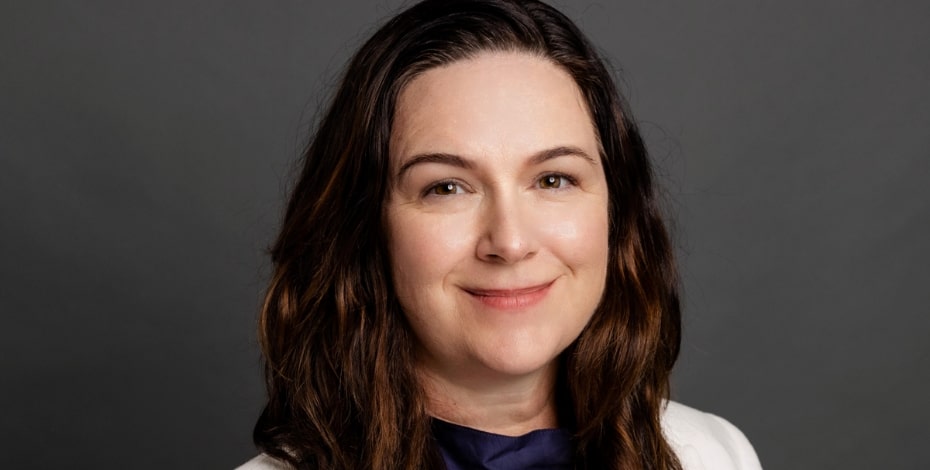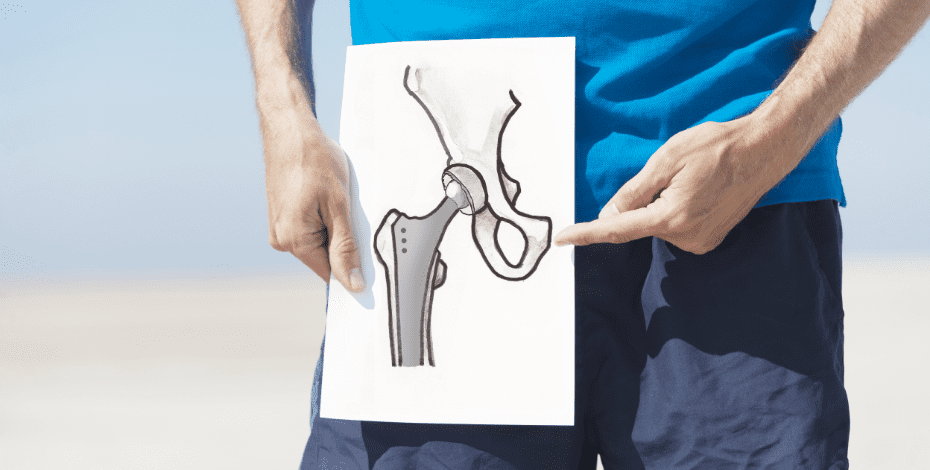
Building the future

The importance of encouraging women, particularly young women, to take up leadership roles within the physiotherapy profession is on the agenda for new APA Board of Directors member Catherine Willis. Here she talks about the need for collaboration and idea sharing as well as taking up the mantle of being a catalyst for change.
Combining her experience working across a wide range of healthcare settings with her expertise as chair of the APA’s National Advisory Council, Catherine Willis APAM is ready to begin the next stage of her leadership aspirations, joining the APA’s Board of Directors.
Having recently attended her first board meeting as a member director, Catherine is beginning to explore some of the issues she hopes to add to the board’s agenda.
‘The board was a natural next step after serving as chair of the National Advisory Council.
‘It’s a matter of wanting to go to that next level where you take in a broader view of the organisation,’ Catherine says.
‘The APA is something to be really proud of and I’d love to contribute to the future direction of the organisation and the profession.’
Catherine completed her physiotherapy degree in Sydney and moved into women’s health within a few years of graduating.
Working in the public sector and hospitals was always her passion and it has afforded her the opportunity to work with members of a number of other professions across the wider healthcare landscape.
The collegial environment of public health thrives on interaction and communication as well as building key relationships, all traits that Catherine exhibits throughout her work.
‘What I really appreciate from working in the hospital system is that you have relationships with nursing staff, doctors, administrative staff—we’re all part of a bigger team that’s helping to improve someone’s health,’ Catherine says.
‘I want to use the breadth of my experience to help the APA.
‘Rather than having a fixed clinical focus on one particular area of physiotherapy, I’ve had the opportunity to work with a number of other professionals and to develop a wider perspective on healthcare.
‘I want to make sure that when we consider the strategic goals of the organisation, we’re taking into account all the different areas of healthcare.
‘This is coupled with considering what the public or consumers need as well as how we communicate best with government, for example, to get the funding and the change we need.’
Catherine, who is the team leader of the babies, obstetrics and pelvic physiotherapy service at the Royal Brisbane and Women’s Hospital, says one of her key objectives on the APA board is building resilience in the physiotherapy workforce as well as within the APA and among its volunteers and staff.
‘Over the past four years, with COVID-19 and with an increasing financial strain not just on our physios, but also on our APA staff and our consumers, we really need to be able to adjust how we do things to support people.
‘I think the biggest impact is mental wellbeing.
‘Everyone talks a lot about building resilience but that needs to be more than just handing out a free coffee voucher, which is such a temporary bandaid measure,’ Catherine says.
‘I think we also need to look at futureproofing our workforce, making sure that we have the right number of physiotherapists in the system.
‘As well as new graduate physiotherapists, we need physiotherapists with more experience and it’s important to have highly experienced physios in the rural setting.
‘While most of our population lives in cities, people in rural and regional areas also need physiotherapy.
‘The board can play a significant role in futureproofing and supporting our workforce to meet that need.’
One of the keys to that, Catherine says, is building leadership from within physiotherapy, an objective she is keen to pursue.
‘The profession predominantly comprises women, yet their presence in leadership roles across various sectors of the field remains notably inadequate, she says.
‘I’m focusing on opportunities for women to be involved in leadership roles.
‘Our physiotherapy profession is about 70 per cent female; that’s the demographic of people who identify as women.
‘Yet we don’t always see a fantastic representation of women in leadership positions.
‘Something that I would really encourage, especially in young women, is to understand that you don’t necessarily have to wait in line, serve your time for 20 or 30 years before you get into leadership.
‘Leadership can be developed and I think we need to have people with a passion for leadership in those positions rather than just someone who fell into it because no-one else put their hand up.’
Catherine has long been involved with the APA.
She became a member in 1993 and later joined the Women’s, Men’s and Pelvic Health national group, serving as chair for many years.
This was followed by two terms as the chair of the National Advisory Council.
‘Physiotherapy is a very well respected profession and I’d love to see what we can put in place now to look after our profession and our organisation for the next 20 or 30 years down the track.’
© Copyright 2024 by Australian Physiotherapy Association. All rights reserved.





